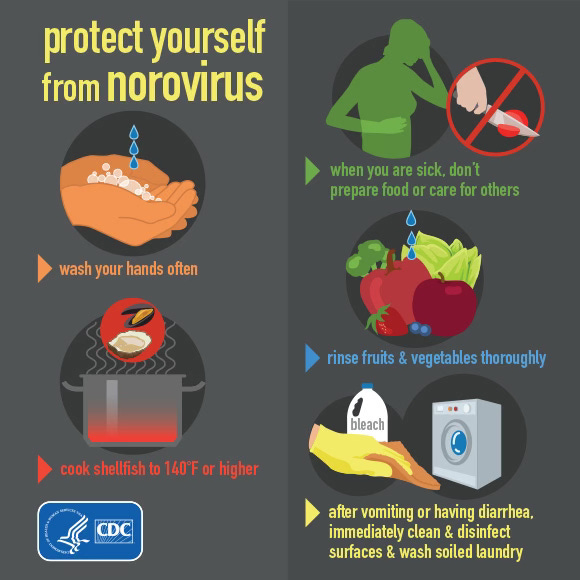Norovirus Cases Surge in NYC, Leaving Residents Alarmed as Officials Stay Silent
New York sees a spike in Norovirus cases reported since October, but residents are left wondering why local health officials have not issued any statements addressing the outbreak.
A rise in Norovirus cases is leaving New York City residents concerned and alert. Over 2,200 cases have been reported since October, with half of them occurring in December. This marks what some are calling the worst surge of the virus in recent memory. The number of cases from December is triple the cases from the same time in 2023.
Yet, as of January 7, 2025, the NYC Department of Health has not issued an official press release addressing the outbreak.
The New York City Council has released a general informational poster, warning residents about Norovirus symptoms and offering basic prevention tips. Critics argue this response falls short, lacking the urgency and clarity required to address such a widespread issue.
“Why isn’t the Health Department speaking directly to the public about this?” said Emily Rodriguez, a teacher from Queens. “People need detailed guidance and updates when something this serious is happening.”
Often referred to as the “stomach flu” or “winter vomiting bug,” Norovirus is a gastrointestinal virus that causes vomiting, diarrhea, nausea, and stomach pain. Symptoms typically last one to three days, but the virus can linger on surfaces for weeks, making it notoriously difficult to contain.
Compounding the issue is a recent recall of contaminated oysters and Manila clams, which have been linked to several outbreaks across the city. Residents are being advised to discard any shellfish purchased during the recall period and to avoid eating raw or undercooked seafood.
For some, the virus has been an intensely personal experience.
“I just recovered during the New Year’s week,” said Kinna LeBlanc, a Crown Heights resident. “I thought I just drank too much wine, ate too many sweets, but once the headaches started, I knew it was something else.”
Others have noticed how the virus is impacting vulnerable populations.
“Someone who works in a senior facility says many residents have it now,” said Sarina M., a Brooklyn Heights resident. “It’s insane how we’re just expected to figure it out.”
Public health agencies, including the Centers for Disease Control and Prevention (CDC), continue to emphasize the importance of hygiene and sanitation to curb the spread of Norovirus. Nationwide data shows a steady increase in cases during the winter months, particularly in the Northeast.
New York State officials have made comments regarding the surge.
"The State Health Department is aware of several gastrointestinal illness investigations occurring, some of which have been confirmed to be due to norovirus," said the New York State Department of Health in a statement. "It is not uncommon to see outbreaks of norovirus this time of year."
But in the absence of local, specific guidance, New Yorkers are left to navigate this outbreak largely on their own.
To reduce the risk of infection, New Yorkers are urged to follow these guidelines, from the CDC:
Wash hands thoroughly: Use soap and water. Alcohol-based hand sanitizers are less effective against Norovirus.
Disinfect surfaces: Clean and sanitize contaminated surfaces with bleach-based cleaners.
Stay home if sick: Avoid preparing food or caring for others while symptomatic and for at least two days after recovery.
Handle food safely: Cook shellfish thoroughly and wash fruits and vegetables before consumption.
As the winter season progresses, the silence from local health officials only underscores the growing frustration among residents. For now, New Yorkers must rely on their own vigilance and shared information to navigate this public health challenge.



